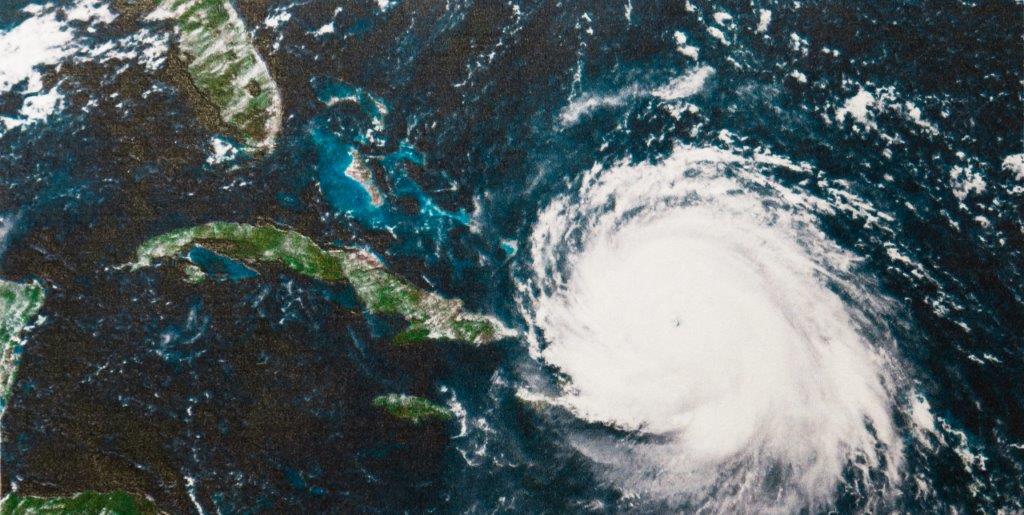Strengthening resilience to disasters, including pandemics, in ACP countries

date: 02/07/2020
Working in silos in the wake of the pandemic is no longer an option, either for individual countries with respect to global issues, or for local and national authorities; risks cannot be assigned to one country or government agency alone. Disaster risk management (DRM) aims to address this: to establish and implement inter-sectoral and vertical coordination mechanisms that bring a broad range of actors and agencies together to support risk reduction strategies and actions across many sectors.
Extreme events need not result in the levels of hardship we are seeing at present. Mechanisms can and need to be put in place before a disaster or a pandemic in order to protect lives and livelihoods, making sure to ‘leave no one behind’, according to the commitment of the UN 2030 Agenda. It is with this goal in mind that the Africa Caribbean Pacific-European Union Natural Disaster Risk Reduction (ACP-EU NDRR) Programme was launched in 2011. This initiative helps the 79 ACP countries – including 40 Least Developed Countries (LDCs) and 37 Small Island Developing States (SIDS) – to strengthen resilience by integrating risk management approaches into development planning and designing holistic actions for disaster resilience. The latest ACP-EU NDRR activity report, which includes information on 123 disaster resilience initiatives in 70 countries, can be consulted here: https://www.gfdrr.org/en/publication/acp-eu-ndrr-program-activity-report-2018-2019
Strengthening resilience is also the objective of the 11th European Development Fund (EDF) DRM programme in the ACP Group of States, which is currently in negotiations and foreseen to be adopted before the end of the year. With an investment of EUR 110.5 million over six years, the action will deeply embed commitments to disaster risk reduction, adaptation to climate change and resilient recovery in ACP countries’ governance systems. It will build on previous investments by the EU and partners, presenting a once-in-a-decade opportunity to turn commitments made in 2015 in Sendai and Paris into lives saved, vital assets protected and resilient businesses across ACP.
This strategic collaboration at the intra-ACP level and between regional ACP entities and major DRR international institutions (UNDP, WB/GFDRR, UNDRR) targets key DRR weaknesses, namely the need for stronger and more sustainable governance systems; sustained and wider investment in DRR and refined preparedness systems for more effective response. This will include improving countries’ post-disaster financial response capacity, including to pandemics, epidemics and specifically the aftermath of the COVID-19 crisis, through innovative disaster risk financing and insurance tools and mechanisms, such as long-term finance used for recovery and rebuilding; and short-term finance to cover urgent needs. Finally, it will also target integration to support risk-informed development of climate-smart, resilient cities; and leveraging the private sector for risk reduction and recovery.
Image of damaged schools in Fiji, captured by a drone in the framework of an ACP-EU NDRR project. (Source: World Bank)
